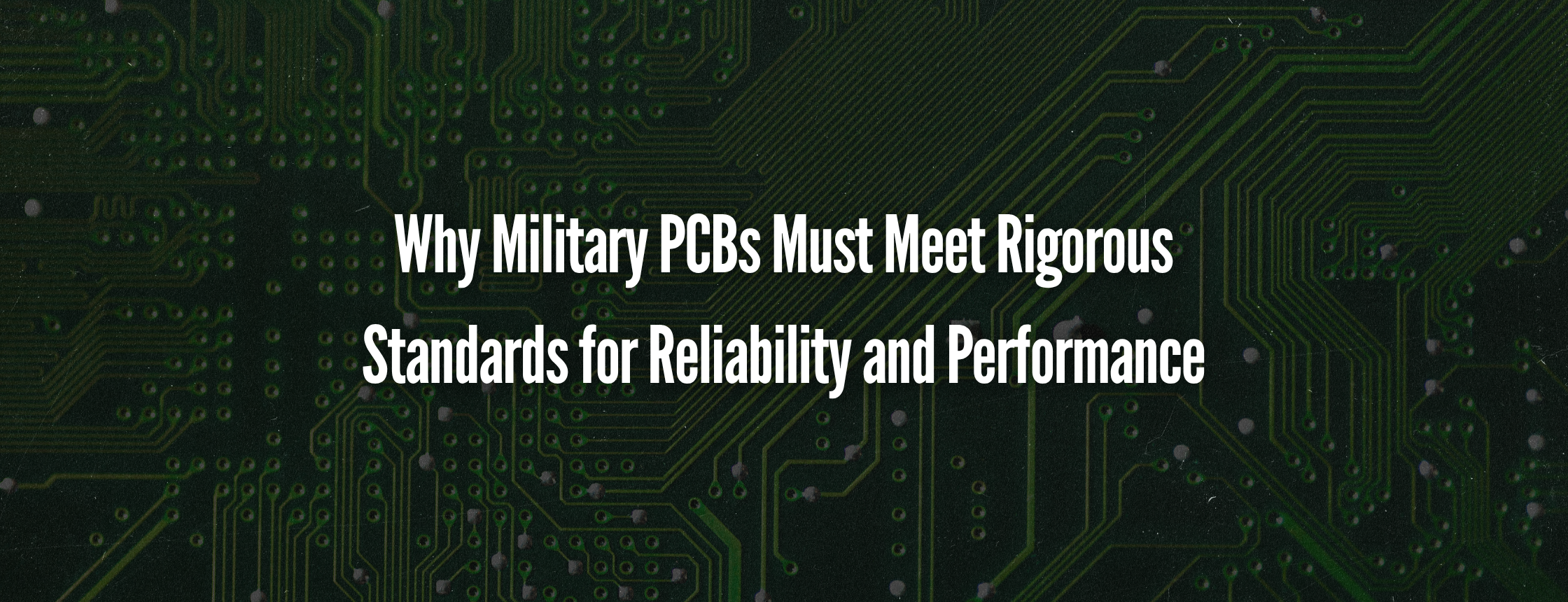Flexible & Rigid-Flex PCBs: The Future of Compact, Durable Electronics
Electronics are becoming smaller, lighter, and more complex, demanding circuit board solutions that offer flexibility, durability, and reliability. Flexible and rigid-flex printed circuit boards (PCBs) have emerged as critical innovations in various industries, including medical technology, aerospace, and consumer electronics. Advanced PCB designs may enhance functionality while reducing weight and space requirements, making them an attractive choice for modern applications.
Understanding Flexible & Rigid-Flex PCBs
- Flexible PCBs consist of a thin, bendable substrate, typically made from polyimide or other flexible materials. Boards like these can conform to different shapes, making them suitable for compact and dynamic applications.
- Rigid-flex PCBs combine rigid and flexible layers, providing structural integrity where needed while allowing flexibility in other areas. This hybrid design can support complex electronic assemblies with fewer interconnections, potentially improving reliability.
Applications of Flexible & Rigid-Flex PCBs
1. Wearable Technology
Wearable devices like fitness trackers, smartwatches, and medical monitoring systems rely on flexible PCBs to maintain a compact and ergonomic design. Circuit boards like these can conform to the human body and withstand repeated bending, enhancing comfort and durability.
2. Medical Devices
The medical industry increasingly incorporates flexible and rigid-flex PCBs into life-saving technologies. Devices such as pacemakers, imaging equipment, and biosensors require circuit boards that are lightweight, reliable, and capable of withstanding sterilization processes. Flexible PCBs may improve patient outcomes by enabling smaller, more efficient medical electronics.
3. Aerospace & Defense
Aerospace and defense applications demand electronic components that endure extreme temperatures, vibrations, and environmental conditions. Due to their durability and high-performance characteristics, rigid-flex PCBs are widely used in avionics, satellite systems, and military-grade communication equipment.
4. Automotive Industry
Modern vehicles incorporate advanced electronic systems for safety, navigation, and infotainment. Flexible PCBs are found in dashboard displays, head-up displays (HUDs), and sensor systems, where compact designs and reliable connections are essential.
5. Consumer Electronics
Smartphones, tablets, and foldable screens require ultra-thin, flexible PCBs to accommodate innovative designs. The ability to integrate circuits into small, confined spaces without compromising performance makes flexible PCBs an attractive solution for next-generation electronics.
Benefits of Flexible & Rigid-Flex PCBs
1. Space and Weight Reduction
Traditional circuit boards often require multiple interconnects and connectors, increasing weight and bulk. Flexible and rigid-flex PCBs may reduce the need for extra components, leading to lighter, more streamlined designs.
2. Increased Reliability
Flexible and rigid-flex PCBs may reduce points of failure by eliminating bulky connectors and soldered joints. This design can improve reliability, particularly in high-vibration or high-stress environments.
3. Enhanced Design Flexibility
Flexible PCBs’ ability to bend, fold, or twist allows for innovative electronic designs that were previously unattainable with rigid boards. Rigid-flex PCBs, on the other hand, provide additional versatility by integrating both flexible and rigid sections.
4. Cost-Effective Assembly
Although flexible PCBs may have a higher initial manufacturing cost, they can reduce overall production costs by minimizing assembly steps and lowering the risk of defects. Fewer interconnects, and a simplified design may also contribute to reduced maintenance costs over time.
5. Improved Signal Integrity
Shorter and more direct connections in rigid-flex PCBs may enhance signal integrity, reduce electromagnetic interference (EMI), and improve overall performance. Improved signal integrity is particularly valuable in high-frequency and high-speed applications.
Considerations for Implementing Flexible & Rigid-Flex PCBs
While flexible and rigid-flex PCBs offer numerous advantages, designers should consider several factors when implementing them into electronic products:
- Material Selection: Choosing the right substrate material is crucial for achieving flexibility, thermal stability, and mechanical strength.
- Manufacturing Complexity: The production process requires specialized equipment and expertise to handle the unique properties of flexible materials.
- Cost Factors: Initial fabrication costs may be higher than traditional rigid PCBs, though long-term benefits may offset these expenses.
- Environmental Factors: Exposure to extreme temperatures, humidity, and mechanical stress should be accounted for in design and material selection.
The Future of Flexible & Rigid-Flex PCB Technology
Advancements in PCB manufacturing and material science continue to drive the evolution of flexible and rigid-flex circuits. Some emerging trends include:
- Integration with 3D Printing: Combining flexible PCBs with additive manufacturing techniques may enable rapid prototyping and customized circuit solutions.
- Advanced Conductive Materials: Using new conductive inks and nanomaterials may enhance the performance and flexibility of circuit designs.
- Miniaturization of Components: Ongoing advancements in microelectronics will continue to push the boundaries of flexible PCB capabilities, allowing for even smaller and more efficient devices.
- Sustainable Manufacturing: Eco-friendly materials and energy-efficient production processes may be more significant in future PCB development.
Contact Our Team
Flexible and rigid-flex PCBs represent a transformative shift in electronic design, enabling smaller, more reliable, and versatile devices. Industries such as medical technology, aerospace, automotive, and consumer electronics are leveraging these advancements to develop cutting-edge products. As manufacturing techniques evolve, flexible PCB technology may further revolutionize how electronic devices are designed and utilized.
Contact our team today to learn more about how Midwest Printed Circuit Services can support your flexible PCB needs.









